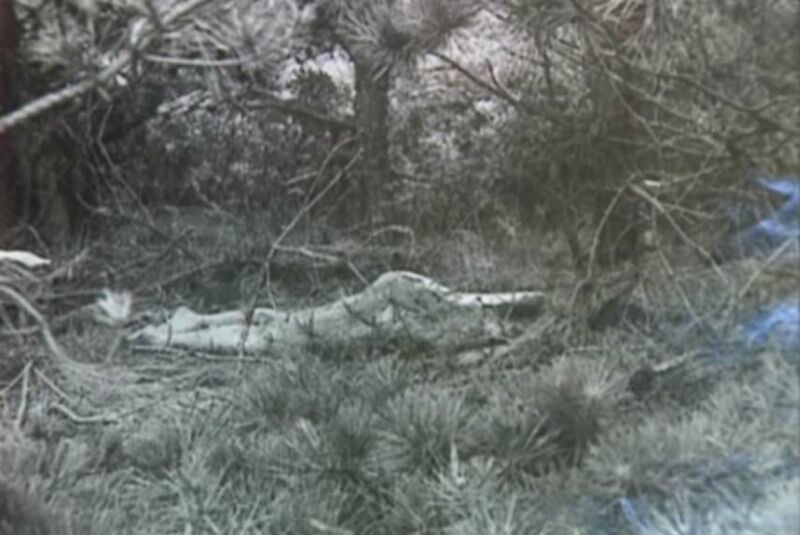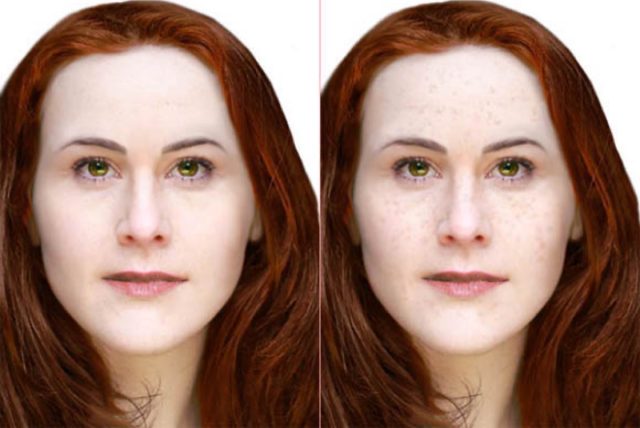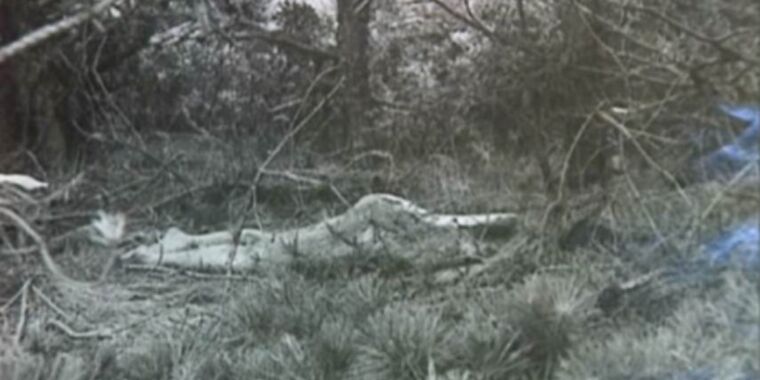“a daughter, sister, aunt, wife, and mother.” —
Tennessee native Ruth Marie Terry was 37 years old at the time of her 1974 murder.

Enlarge / The body of Ruth Marie Terry as she was found in 1974 in Provincetown, Massachusetts.
A 12-year-old chasing after her barking dog discovered the mutilated body of a woman in the Race Point Dunes of Provincetown, Massachuestts, on July 26, 1974. Law enforcement was unable to identify the victim, who became known as the “Lady of Dunes.” Nearly 50 years later, on October 31, the FBI announced it finally identified the woman as Ruth Marie Terry, a native of Tennessee who was 37 at the time of her death.
The identification was made via genetic genealogy methods: a combination of DNA testing and profiling with traditional genealogical analysis to trace family trees—the same approach used to identify the Golden State Killer (former police officer Joseph James DeAngelo) in 2018. According to the FBI, Terry was born in 1936; had “connections” to the states of California, Massachusetts, and Michigan; and was a “daughter, sister, aunt, wife, and mother.” Further details have not been released out of respect for her family—and also because the murder investigation is ongoing.
“While we have identified Ruth as the victim of this horrific murder, it does not ease the pain for her family—nothing can,” Joseph Bonavolonta, a special agent from the Boston branch of the FBI, said at a press conference announcing the identification. “But hopefully, they answer some questions while we continue to look for her killer. This is, without a doubt, a major break in the investigation that will hopefully bring us all closer to identifying the killer.”

Enlarge / One of several facial reconstructions of a murdered woman found on Race Point Beach in Provincetown, Massachusetts, in 1974. She has now been identified as Ruth Marie Terry.
The Lady of the Dunes was found naked and lying face down under long grass on that fateful summer day. The girl who found her initially thought it was a dead deer. The body was badly decomposed, with insect activity indicating she had been dead for about two weeks. She was nearly decapitated from a brutal strangulation, but cause of death turned out to be blunt force trauma to the side of the head.
There was no sign of a struggle, but there was evidence of sexual assault that likely occurred after death. In fact, it seems that her attacker had been lying next to her, based on the angle of the blow to the head. Both her hands and one forearm were missing and several teeth had been removed. Her last meal consisted of a burger and fries. Her body was buried at St. Peter’s Cemetery near the center of town, with an inscription on a small gravestone: “Unidentified female body found Race Point dunes July 26, 1974.”
Other than two sets of footprints leading to the body and a set of tire tracks, there wasn’t much to go on in terms of leads. Police ran the license plates of everyone who had visited the park around the time of the woman’s murder. There was no record of her arrival to the area, so she may have been killed elsewhere and dumped at the site. Potential suspects over the years included Irish mob boss Whitey Bulger (known for removing his victim’s teeth), serial killer Tony Costa (ruled out because he died in May 1974, two months before the murder), and serial killer Hadden Clark. (Clark actually confessed to the crime, but suffered from severe schizophrenia, so it was thought to be a false confession.)










